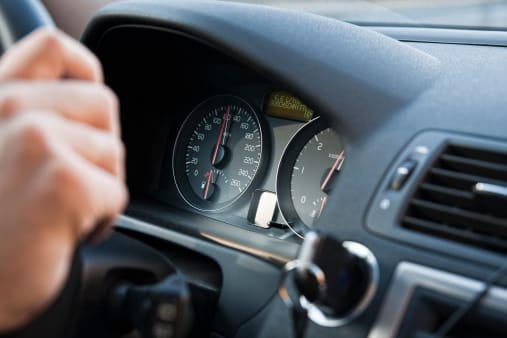Federal safety officials and auto makers are working together to install sensory technology on new cars that would prevent the vehicle from becoming operable if the driver has consumed alcohol and is attempting to drive under its influence. The technology, says the Alliance of Automobile Manufacturers, is still five to seven years away from completion. Unlike a breathalyzer test, in which the driver must give a breath sample by blowing into a device, the new technology utilizes sensors or touchable buttons that can automatically determine the driver’s blood alcohol content. Since the terrorist events of 2011, the technology used for the vehicle DUI scanners has stemmed from larger advancements in sensor-based technology, such as those used at airports to scan passengers and luggage for miniscule components of dangerous materials. Experts with the Transportation Research Board’s Aviation Security and Emergency management Committee, who have helped develop the anti-terrorism technology, say the same kind of detection capabilities for sensing explosives can be applied to determining if a driver has consumed alcohol or drugs before lives are lost. It is still unknown what the price will be for installing the device into new cars, and if drivers would perceive the measure as intrusive and accusatory. However, in 2009, alcohol was involved in roadway crashes that led to nearly 11,000 fatalities. During the past twenty years, alcohol-related fatal crashes have numbered well past 268,000 cases. In the U.S., around 10 percent of drivers say they have driven a vehicle while intoxicated during the past twelve months. A task force working on the technology, composed of representatives of the Alliance of Automobile Manufacturers, says a test model could be ready in as soon as two years. The technology is expected to be very fast and very accurate, with the ability to provide a blood alcohol reading at speeds faster than one second. Current touch-based systems require around 30 seconds giving a reading of a person’s level of intoxication, and developers are expecting the newer model to be much faster. National Highway Traffic Safety Administration (NHTSA) officials support the new technology, reminding the nation that driving while intoxicated is still the biggest source for traffic-related deaths in the U.S. David Strickland, NHTSA, says the device could represent a chance to rapidly reduce the number of fatalities related to intoxicated driving and could prevent loss of life for thousands of people annually. Though still under investigation, and likely just one piece of the process for preventing drunk driving, the new sensor-based technology for preventing intoxicated drivers from getting behind the wheel is anticipated to make a significant impact on the number of lives lost each year to alcohol-related crashes.

